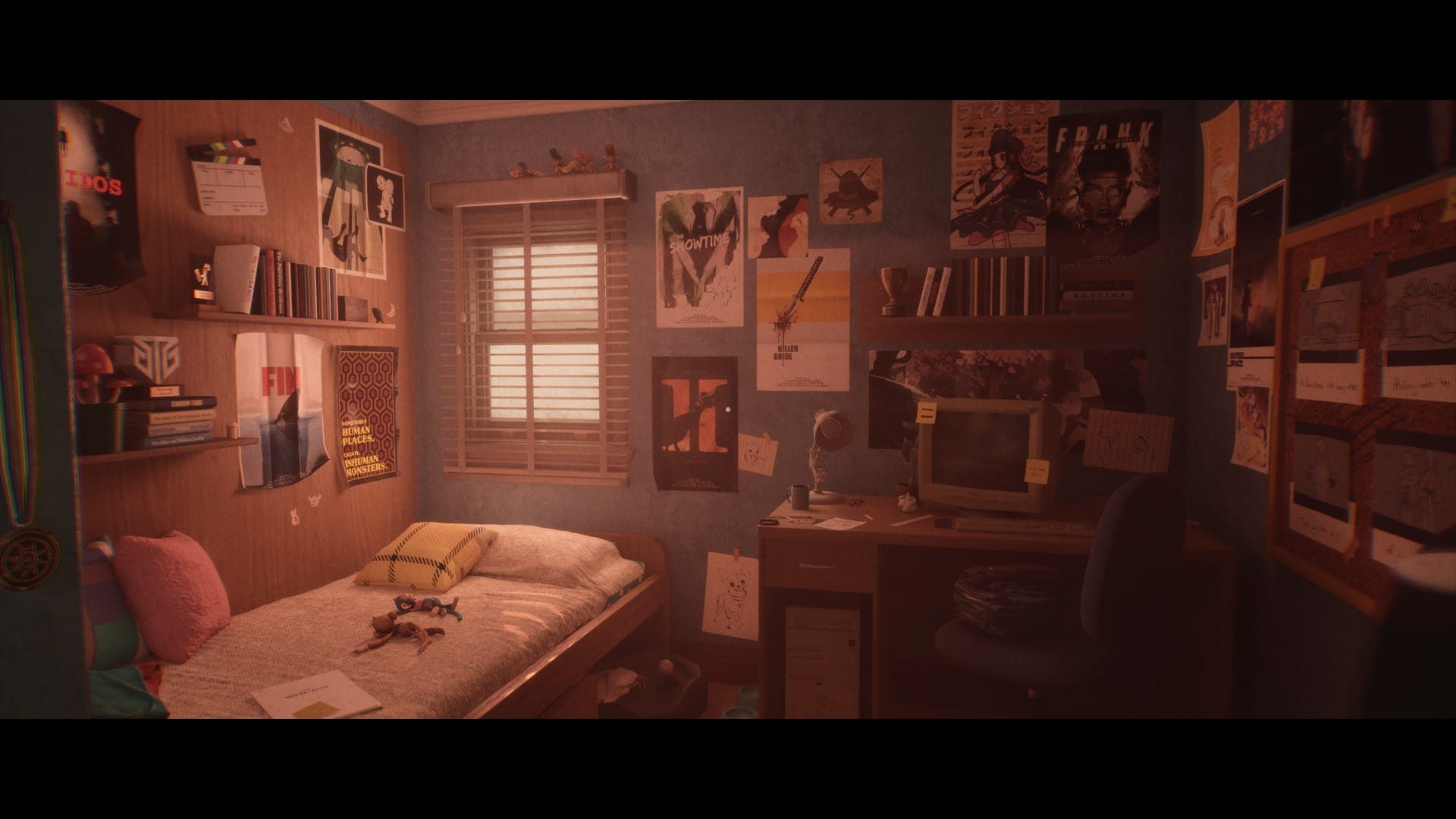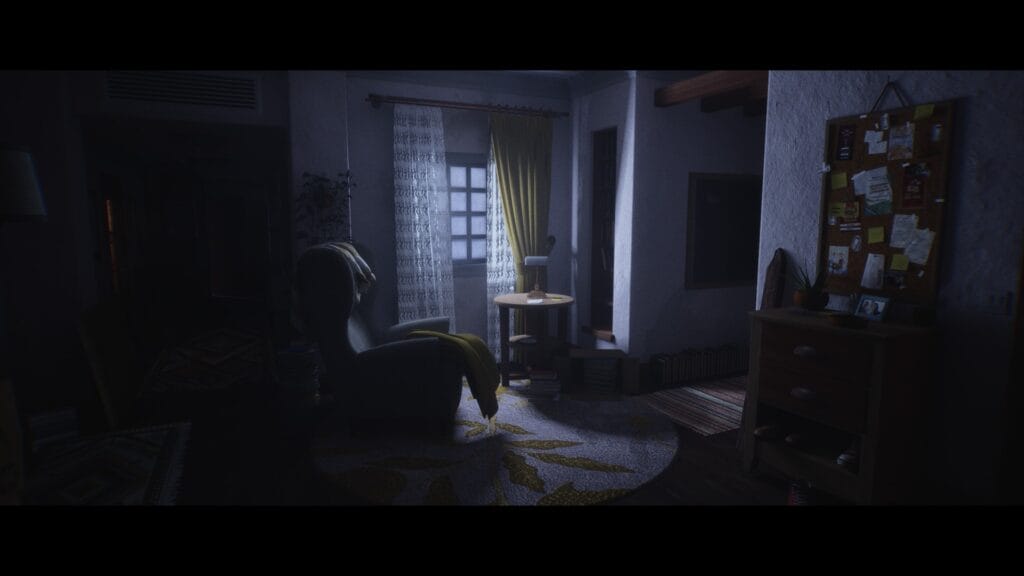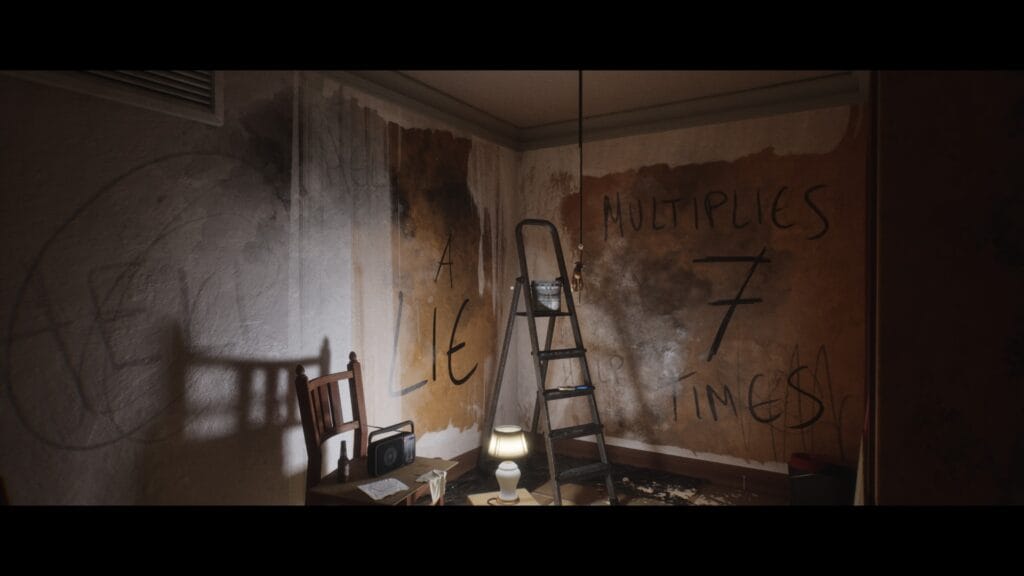Luto answers the question, what if there was a game which merged the atmosphere and horror of PT, with The Stanley Parable? Not necessarily the humour of The Stanley Parable, but the same gameplay style, as well as accompanied by a similar narrator. From PT comes the incredibly detailed and realistic graphics, as well as the horror and looping nature of the environments. Luto might wear its influence on its sleeve, but it’s still an incredibly atmospheric ghost train, with some fairly involving puzzles to help break up the scares along the way.
Functionally Luto is more of a walking sim than a survival horror game, for the simple reason that you cannot actually die. I’ve used the description “ghost train” to mimic what it is going for; an experience where you’ve guided through a variety of creepy and fairly scary encounters (although you can walk and explore at your own pace), but whether your risk of failure and sudden death is at least ameliorated. For someone like me, who gave up playing Dead Space because I found it too anxiety inducing, it’s honestly a godsend.
You play as Sam, a man who is apparently going to work. An upbeat British narrator explains that Sam is moving and the house is half packed, but clearly things are wrong. You wake up each morning looking at the smashed mirror over the bathroom window, with a smiley face poststick note in the centre. You loop through the first week walking down exactly the same corridor and staircase in a manner identical to PT, looking at various objects in the environments and trying different things to see if anything changes. Thankfully, nothing too esoteric is required to break the loop, and the game goes to a variety of other locations including different places within the house, some sun-kissed caves, and many others.
I was very reminded of Mark Z. Danielewski’s “House of Leaves” while playing, as the game features a house with many impossible spaces within it, and a similar narrative complexity, less corporate visuals than Remedy’s Control, but more mundane and ordinary. Many environments loop on themselves, different rooms connecting to others in ways which never could. Sam has clearly experienced trauma in the past and uncovering the source of that trauma and how it has impacted him is the driving force of the story. The narrator quite often breaks the fourth wall with his observations, as well as the rather threatening voice on the telephone who seems to be speaking to both the character and the player.
Alongside walking around, examining the environment and uncovering the story, there are also a variety of puzzles which break up each section. Some might require you to dial a particular number on the telephone, or find out how to grab a hammer hanging from a chandelier, or how to open a locked door. The solution to most of these is unusually fairly straightforward; some may require a bit more ingenuitive thinking, and others might require finding and interacting with various objects in different rooms. You can also pick up a variety of collectables, letters and other items, which help to fill in the backstory.
This game looks absolutely amazing; my one criticism is that it’s played almost exclusively using letterboxing, ala The Order: 1886. Whether this was done in order to be “cinematic” or for performance reasons I have no idea, but I don’t think the letterboxing added anything particularly. That said, graphically these are some amazing environments, with a detail akin to PT, almost photorealistic. The sound design and music is also extremely effective; as anyone knows a good soundtrack can elevate the atmosphere to another level and the sound effects including ominous creaking and banging of doors absolutely sets you on edge, combined with the classic high tension strings.
Luto experiments with many different narrative tropes, not necessarily sticking completely on horror the entire time but also using many instances of bizarre non-sequitur and unexplainable apparitions. This is a ghost story, with literal ghosts you will be seeing as you play. In one particularly creepy moment, I remember walking down a hall towards a mannequin covered in a tarpaulin, before the mannequin unexpectedly moved, the light above it extinguishing. The game does use jump scares although thankfully not too many of them, as well as various glitch effects (the game did crash on me once, although I think that was the fault of the Steam overlay).
While horror game aficionados might be unsatisfied by the lack of true danger, Luto excels in its mission to not necessarily scare, but unnerve the player. This is a game which gets under the skin, and you think about it even when you stop playing. While some of the puzzles might be a bit esoteric, the path you’ll walk as you explore the impossible interiors of Sam’s house more than makes it worth it. It also has a story which ends in a really effective manner, which is always a gamble with a game in this genre. Luto is an M.R. James ghost story in video game form; creepy, unsettling, gorgeous.







